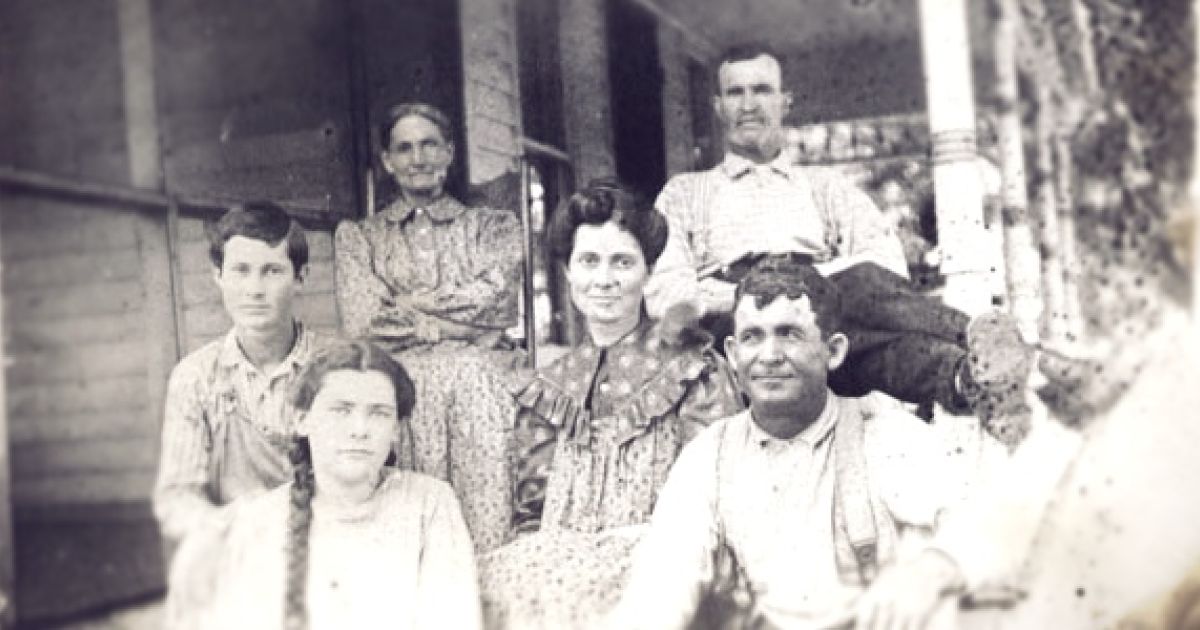No A/C, what will we do?
It’s easy to take modern conveniences, like a climate-controlled home, for granted. For most of us, keeping the home cool on the hottest days of the year is as easy as tapping a button or turning a dial on the thermostat. That wasn’t always the case, though. Before air conditioning was invented by Willis Carrier in 1902, and before it became a mainstream appliance about 60 years ago, people had to deal with the heat a little more creatively.
Shade.
It’s simple, but true. During stifling heat waves, people often left the hot, still air of their homes to find refuge in the shade of the biggest and most sprawling nearby trees. A home with trees in the yard was about more than having nice curb appeal. It was a hot commodity, especially for the hottest days of the year.
Damp sheets/linens.
This technique is believed to date back to the time of ancient Egyptians, who would dampen thin materials and then hang them in doorways. The dampness combined with a breeze provided at least some relief when the temperature spiked above what was tolerable. It’s been reported that on his deathbed in 1881, President James Garfield received some relief from the heat with a more advanced version of this trick: cotton sheets drenched in ice water with air blown through them. It took a lot of energy and manpower to keep this system going, though. Garfield’s caretakers burned through 500,000 pounds of ice in a two-month period trying to keep him comfortable.
Aqueduct technology.
Ancient Rome is known for its amazing aqueduct advances that made it possible for citizens to easily obtain water. The wealthier citizens were able to take this technology one step further by installing mini-aqueduct systems in their own homes that circulated cool water through the walls. By keeping the materials of the walls cool, the entire home was less hot despite the temperatures outside.
Snow/ice.
In the summer? Yes, actually. During the Renaissance period, it was common for men to haul blocks of snow and ice from mountainous regions and then sell it to the locals. There were no freezers, but special cooling pits were created to transport the cool materials from one spot to the next. In homes, people would use the snow and ice for drinks or to keep food from spoiling. Some even used the evaporation from the coolness to create an ancient version of the modern air conditioner.
Fans.
Electric fans have been around for over 100 years, but before that people were smart about using the materials around them to stay cool manually. It still works today, of course. Fanning oneself with hand-made fans, palm fronds, or feathers creates a nice breeze on the skin, which helps your body’s natural cooling function—sweating—by helping to cool and evaporate the moisture more quickly.
Shaded porches.
If you’ve ever driven through a post-World War II neighborhood, you’ve probably noticed some similar exterior design techniques among the homes. One of the most prominent features is the shaded front porch. This was a luxury before the days of air conditioning. People would escape the trapped heat of their homes for at least a little relief outside. Porch swings, chairs and even front steps provided a cooler spot to sit and deal with the warmest weather of the year. Once in-home air conditioning went mainstream, shaded front porches became more of curb-appeal feature and less of a functional space for keeping cool.
The next time you adjust the temperature of your home with the simple push of a button, remember that there was once a time that keeping cool wasn’t so easy. Air conditioning is one of the greatest modern conveniences—and one that deserves plenty of credit for keeping people safe and comfortable when the temperature spikes. Enjoy it!

Bob Jenson
For over 45 years, Bob Jenson has been providing quality heating and air services to the San Diego community.
Request Service
Please fill out the form below to request an estimate or schedule service.
"*" indicates required fields







